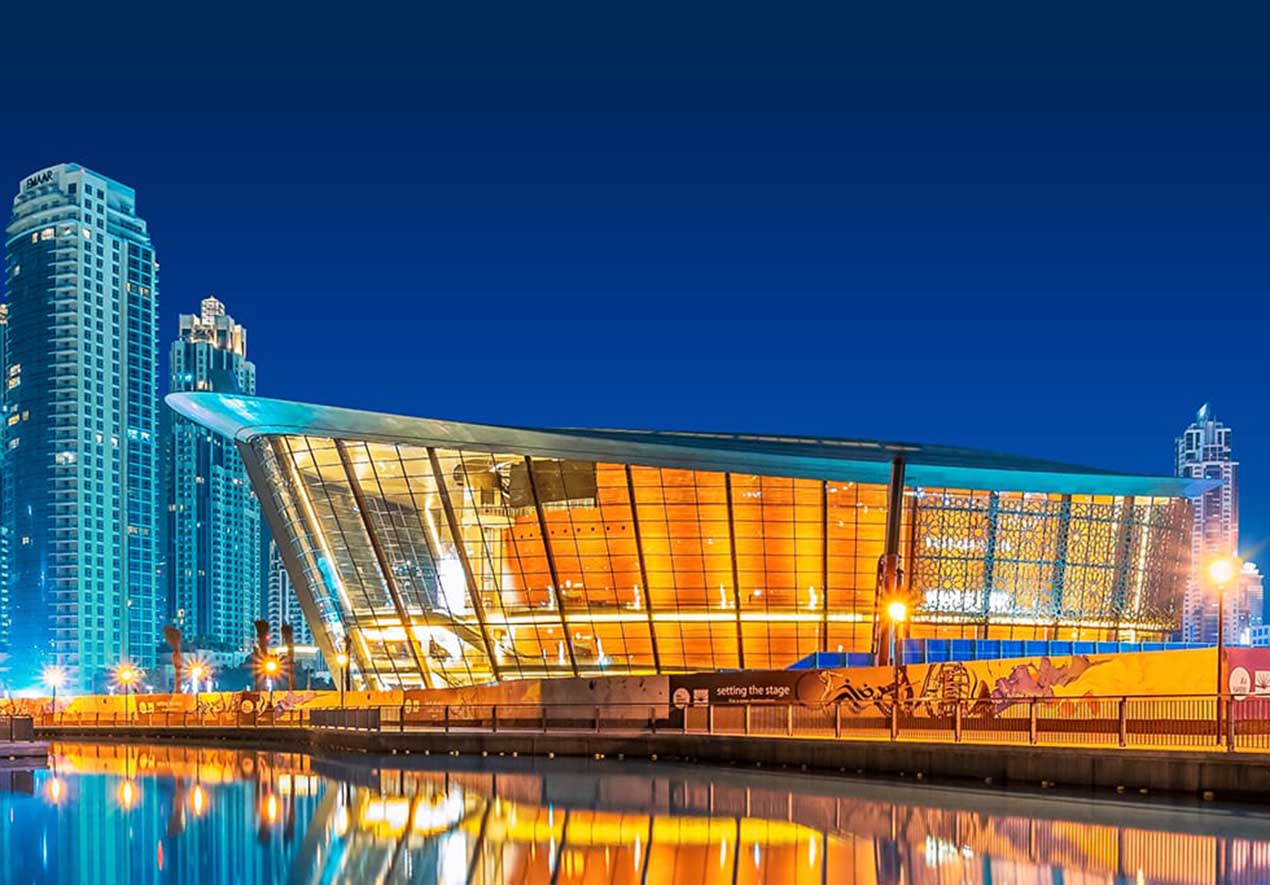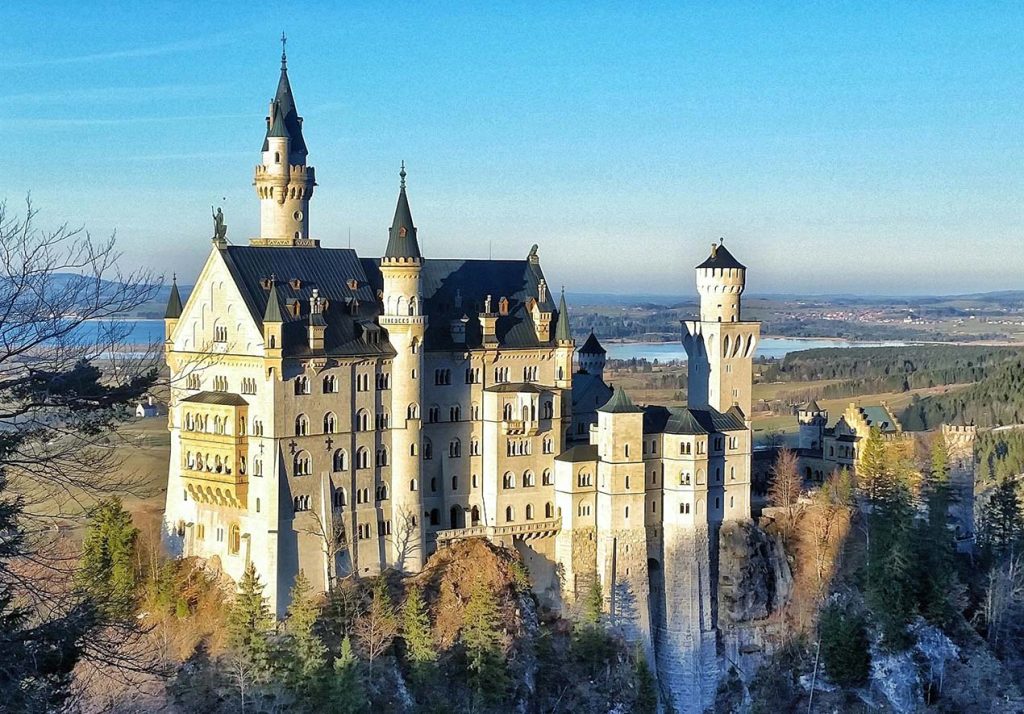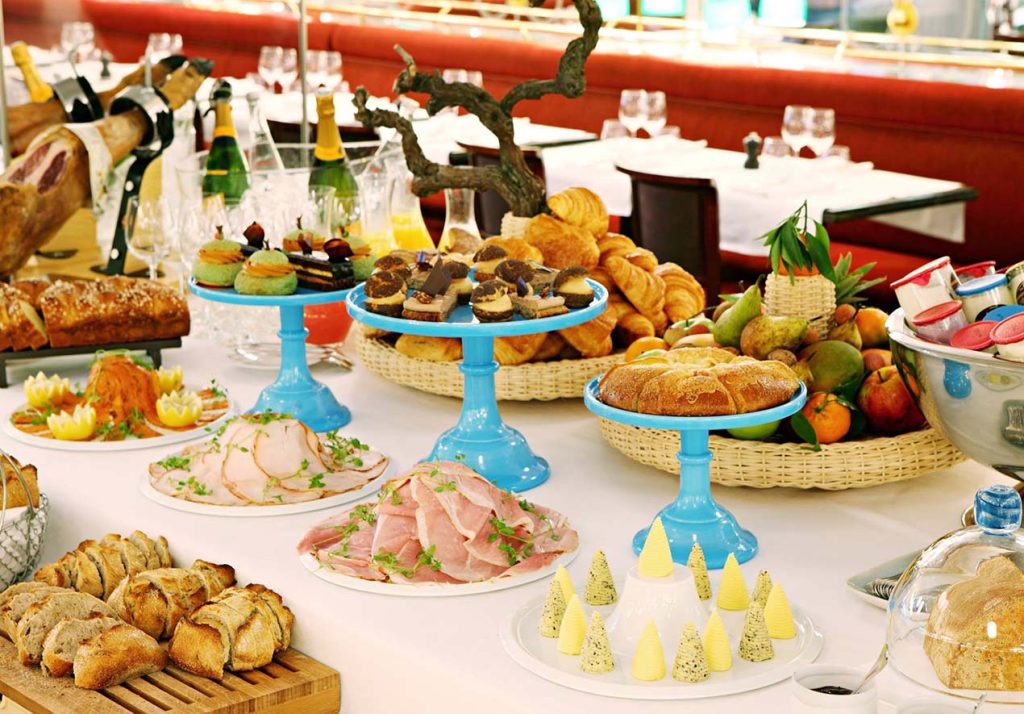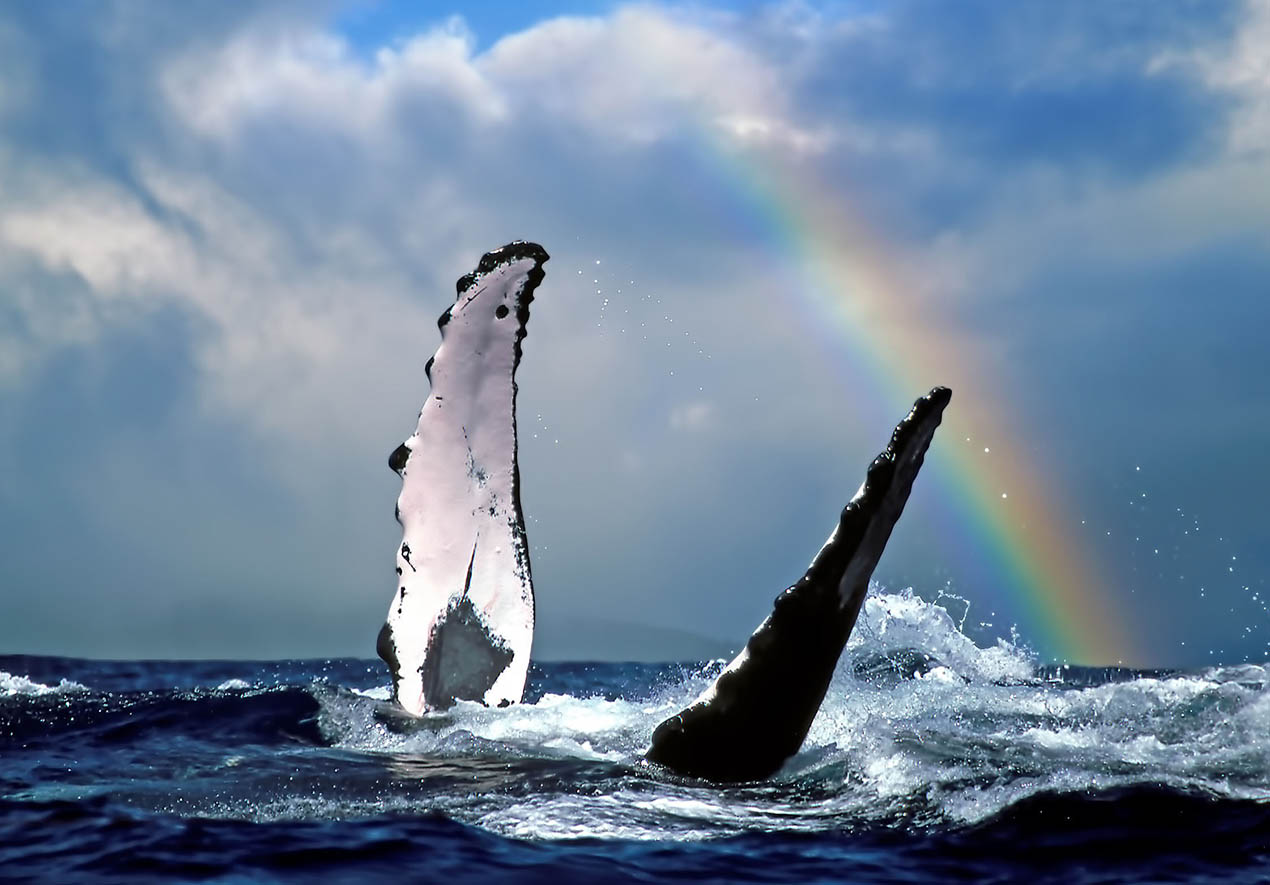Dubai, often celebrated for its futuristic skyscrapers, luxury shopping, and grandiose entertainment, is a city that transcends its modernity and proudly showcases its rich cultural heritage. For a traveler seeking a deeper connection with the emirate, exploring Dubai’s cultural landmarks offers a fascinating insight into its history, traditions, and the incredible journey it has undertaken to become the global metropolis it is today.
As I set foot in Dubai for my cultural journey, I quickly realized that the city’s modern flair is only one layer of its vibrant identity. Beneath the towering glass buildings and bustling malls, a world steeped in history, art, and culture awaits. My adventure began at the museum-packed Al Fahidi Historical Neighborhood, and by the time I wandered through the ancient souks, I had experienced the city’s essence in a way that I will never forget.
Al Fahidi Historical Neighborhood: A Step Back in Time
I began my journey in one of the oldest and most culturally significant parts of Dubai, the Al Fahidi Historical Neighborhood, also known as Al Bastakiya. This district, with its narrow alleys, wind towers, and preserved houses, offers a fascinating glimpse into the city’s past. Walking through the area felt like stepping into another era, where Dubai was a small trading town along the shores of the Arabian Gulf.
The architecture here speaks volumes of the city’s rich heritage. The traditional wind towers, which once served as a form of natural air conditioning, are one of the standout features of Al Fahidi. These structures, designed to capture the cooler breezes from the desert winds, were used in the past to ventilate the homes in the scorching heat. Today, they stand as an emblem of the ingenuity of the city’s early inhabitants, who had to adapt to the harsh desert environment.
Visiting the Al Fahidi Historical Neighborhood also led me to the Dubai Museum, housed within the Al Fahidi Fort. The fort itself, built in 1787, is one of the oldest standing structures in Dubai. It was originally constructed to defend the city from invasions and later served as a palace for Dubai’s rulers. The museum is a treasure trove of artifacts, displaying Dubai’s transformation from a small fishing village to a major international hub.
Walking through the exhibits, I was able to trace the evolution of Dubai. There were displays on traditional life, ancient trade routes, and the role of the pearl diving industry, which was once central to Dubai’s economy. The museum also gives a thorough explanation of Dubai’s rapid development in the 20th century, with an emphasis on the discovery of oil and the visionary leadership that propelled the city into the future.
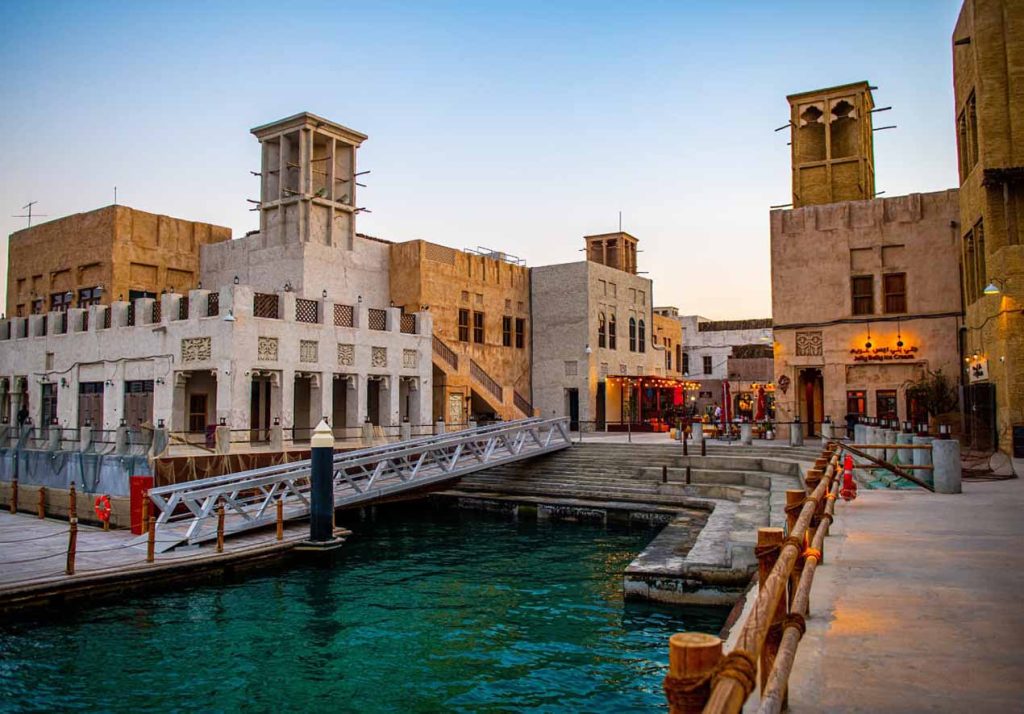
The Heart of Dubai: The Dubai Creek and the Gold and Spice Souks
No cultural journey through Dubai would be complete without a visit to the iconic Dubai Creek, the waterway that has been the lifeblood of the city for centuries. In the past, the creek was the main artery for trade and transportation, and today it remains a hub of activity. As I boarded an abra (traditional wooden boat), I couldn’t help but reflect on how integral the creek has been to Dubai’s development. The gentle rocking of the boat and the cool breeze offered a perfect escape from the city’s heat, while providing a beautiful view of the bustling city that surrounds it.
The boat ride took me to the Deira side of the creek, where I embarked on a journey into Dubai’s ancient souks, the traditional markets that have been operating for centuries. These markets, full of vibrant colors, exotic smells, and rich textures, reflect the city’s multicultural heritage. The Gold Souk is an absolute must-see, with its dazzling array of gold jewelry on display. Here, I marveled at intricately designed necklaces, bracelets, and rings that sparkled under the fluorescent lights. I could feel the weight of Dubai’s historical connection to the precious metal, as the city was once a center for gold trade in the Arabian Peninsula.
Just a short walk away, the Spice Souk offered another sensory feast. The aromatic blend of cinnamon, saffron, cloves, and other exotic spices filled the air. I was entranced by the colorful displays of dried herbs, exotic teas, and fragrant oud perfumes. The Spice Souk is a testament to Dubai’s role as a key trading post along ancient spice routes, and walking through it felt like stepping into a time when merchants from all over the world gathered here to exchange goods.
In these souks, I was reminded of the city’s roots as a trading hub long before its current status as a global financial center. The trade of gold, spices, and textiles was not only vital to the economy but also fostered a sense of community and cultural exchange between people from different backgrounds.
Sheikh Mohammed Centre for Cultural Understanding: A Window into Emirati Life
Next on my cultural journey was the Sheikh Mohammed Centre for Cultural Understanding (SMCCU), an organization dedicated to promoting greater understanding between locals and visitors. Located in the Al Fahidi Historical Neighborhood, the SMCCU offers a variety of programs, including cultural tours, traditional Emirati meals, and informative talks about the history, culture, and religion of the United Arab Emirates.
I participated in a traditional Emirati breakfast at the centre, which provided a delicious introduction to the country’s cuisine and culture. As we sat in a traditional majlis (a sitting area), I had the opportunity to speak with Emiratis who shared stories about their heritage, customs, and way of life. The conversation gave me invaluable insights into the values that shape the UAE’s society, such as respect for hospitality, family, and tradition.
The SMCCU also offers a cultural tour, which led us through the nearby neighborhood, where we learned about the evolution of Dubai, the significance of Islamic architecture, and the local traditions that have been preserved despite the city’s rapid modernization. The center serves as a bridge between the old and the new, providing a space where both visitors and locals can engage in meaningful dialogue.
Alserkal Avenue: Dubai’s Contemporary Art Scene
While Dubai’s history is incredibly rich, the city is also home to a thriving contemporary art scene. One of the highlights of my cultural journey was a visit to Alserkal Avenue, Dubai’s foremost arts district. Located in the industrial area of Al Quoz, Alserkal Avenue has transformed into a creative hub, featuring galleries, studios, and performance spaces that showcase local and international talent.
Walking through the avenue, I found myself surrounded by thought-provoking art installations, experimental works, and contemporary exhibitions that challenge conventional ideas about art and culture. The galleries here host exhibitions from a wide range of artists, many of whom are inspired by the region’s unique blend of traditional and modern influences. It was fascinating to see how the past and present come together in the creative expressions of Dubai’s artists.
In addition to the visual arts, Alserkal Avenue is also home to cultural events such as film screenings, performances, and talks, making it a dynamic place for anyone interested in exploring Dubai’s contemporary cultural scene.
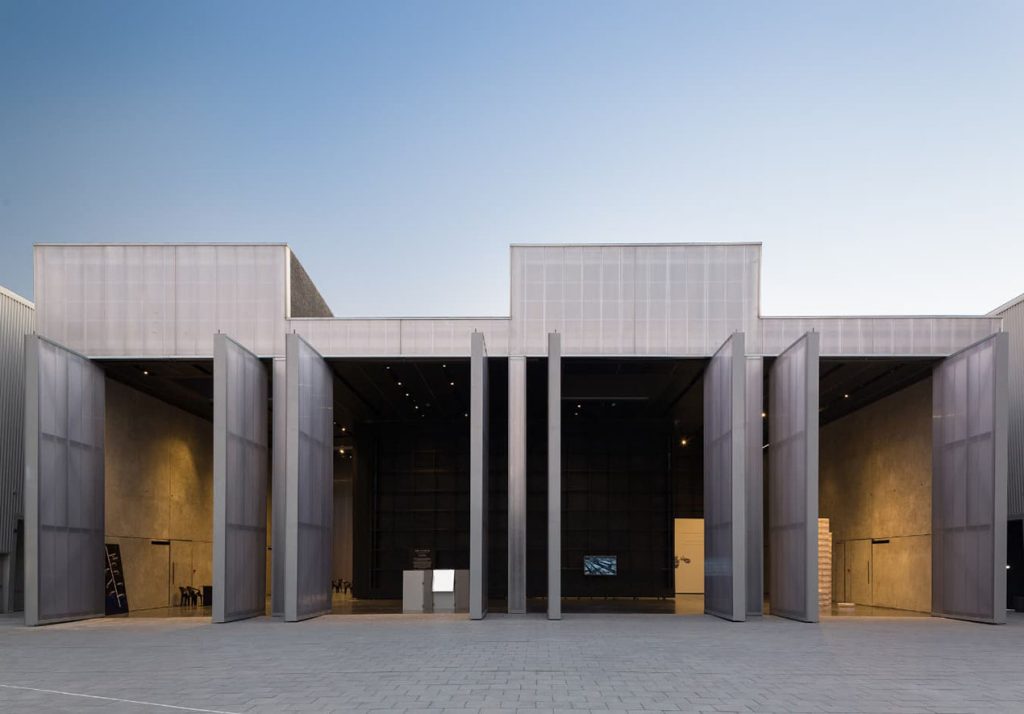
Dubai Opera: A Cultural Landmark
Another must-visit cultural landmark in Dubai is the Dubai Opera, located in the heart of Downtown Dubai. This world-class venue is a masterpiece of architectural design, with its stunning dhow-shaped exterior and state-of-the-art acoustics. The Dubai Opera hosts a variety of performances, including ballet, opera, concerts, and theater. I had the chance to attend a stunning performance here, which offered a unique opportunity to experience the city’s burgeoning cultural scene.
The Dubai Opera is more than just a place for performances; it also symbolizes the city’s commitment to becoming a cultural destination on the global stage. With its striking design and top-tier programming, it reflects Dubai’s aspirations to bring world-class cultural experiences to the region.
A Tapestry of Old and New
As my cultural journey through Dubai came to an end, I couldn’t help but marvel at the city’s ability to blend the old with the new in such a seamless and harmonious way. From the ancient wind towers of Al Fahidi to the glittering gold of the souks, Dubai offers a profound connection to its past—an echo of the traditions and lifestyles that once shaped this desert community. The wind towers, which stand proudly in the Al Fahidi Historical Neighborhood, are not just architectural wonders but symbols of a time when resourcefulness was key to survival in the harsh desert climate. These structures, alongside the old houses and narrow alleys of Al Bastakiya, provide a window into a bygone era, allowing visitors to experience the Dubai that once was.
At the same time, the modern cultural institutions, art galleries, and performances reflect the city’s forward-thinking vision. Dubai’s museums, such as the Dubai Museum in Al Fahidi Fort, and the contemporary art spaces in Alserkal Avenue, reveal a dynamic cultural landscape that embraces both local traditions and international influences. These institutions are not just about preserving the past; they also engage with the present and future, constantly pushing the boundaries of what culture means in the context of a rapidly developing global metropolis.
Dubai is a city of contrasts—a place where centuries-old traditions coexist with the cutting-edge. It is a city that values its history while embracing innovation. Whether you’re exploring ancient markets or enjoying a world-class performance at the Dubai Opera, every corner of the city tells a story of both preservation and progress. For any traveler seeking to understand the soul of this extraordinary place, a cultural journey through its museums, markets, and landmarks is the perfect way to discover the essence of Dubai—where the past and the future meet in a spectacular fusion.
